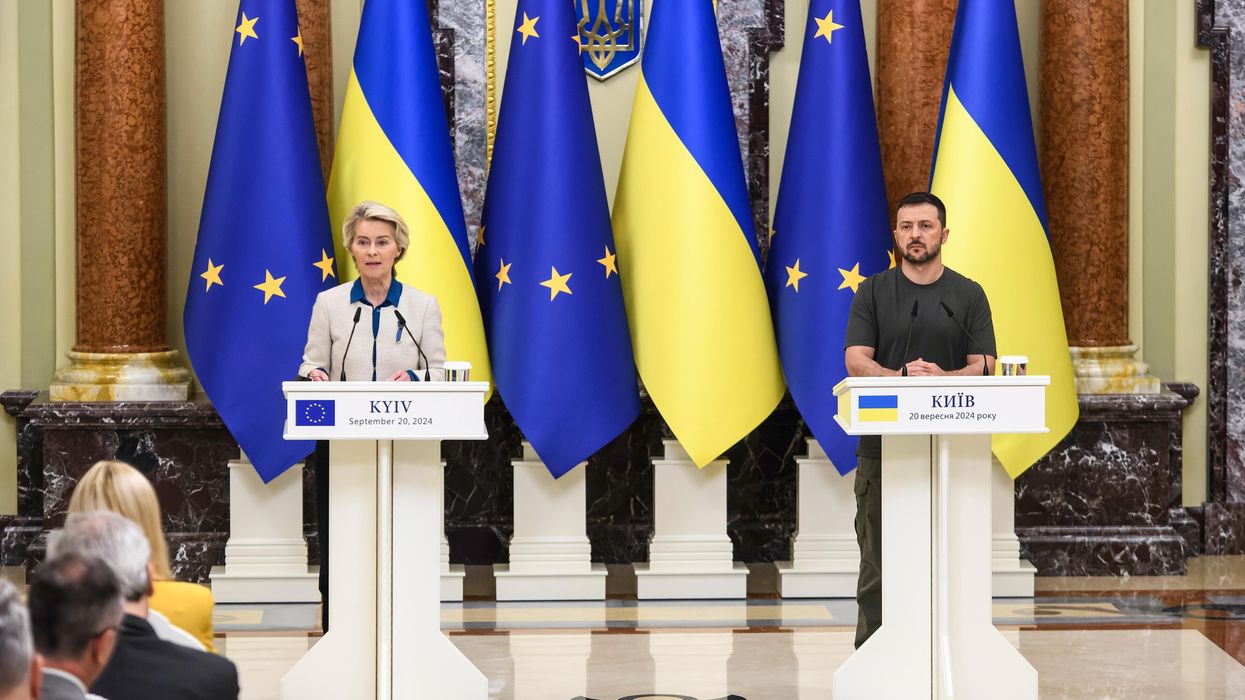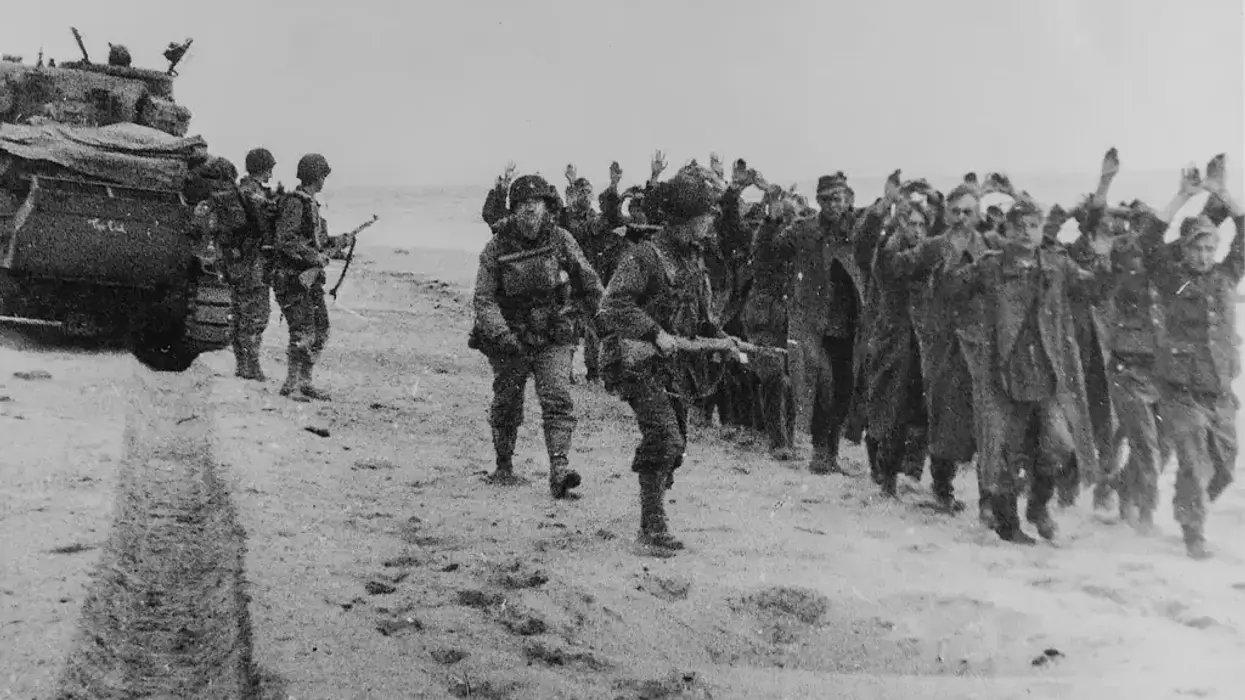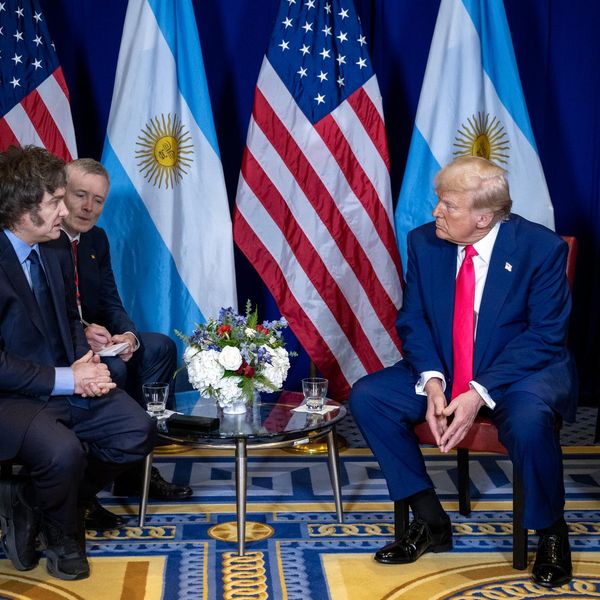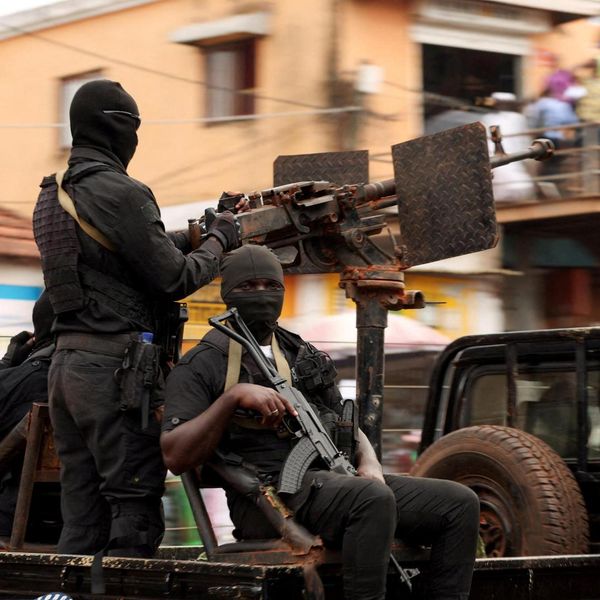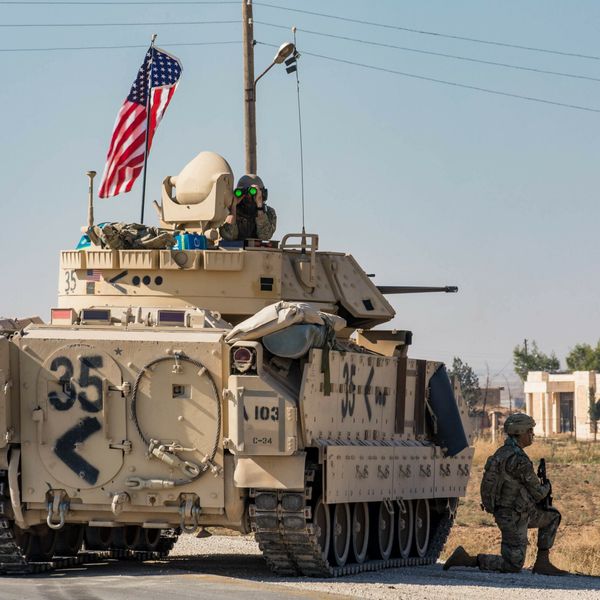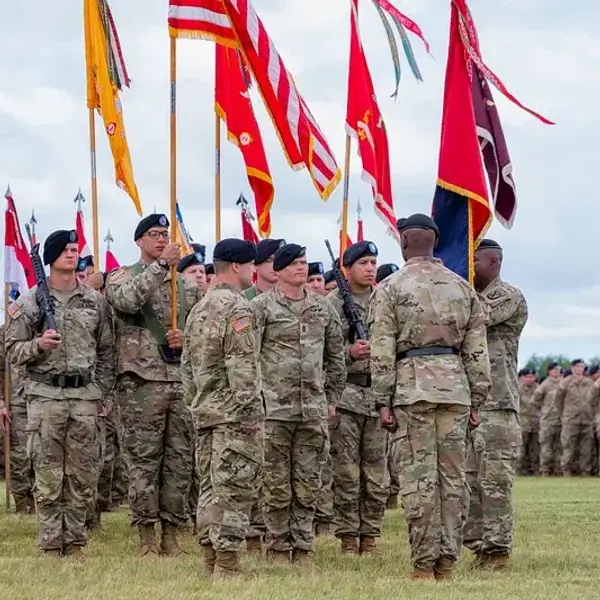This is the fifth installment of our weeklong series marking the 20th anniversary of the U.S. invasion of Iraq, March 20, 2003. See all of the stories here.
On September 18, 2001, President George W. Bush signed into law congressional authorization to use military force against those responsible for the September 11, 2001 attacks. Three weeks later, the U.S. invaded Afghanistan. Bush then opened the detention facility at U.S. Naval Station Guantanamo Bay, Cuba, which became a feature of the United States’ rights-rejecting response to 9/11; inseparable from the Afghan war and the law that sanctioned it.
The executive branch continues to rely on that law to indefinitely detain Muslim men at Guantanamo.
Just over a year later, on March 30, 2003, the U.S. attacked Iraq. The Bush Administration did not send men captured during the Iraq war to Guantanamo, nor has the United States claimed the power to detain there on the basis of the 2002 Authorization for Use of Military Force Against Iraq (2002 AUMF). Still, Guantanamo is bound to the Iraq war in similarly insidious ways, both past and present.
Torture as a tool to justify war
In his February 3, 2003 address to the U.N. Security Council, making the case for war in Iraq, then-Secretary of State Colin Powell declared that he could “trace the story of a senior terrorist operative telling how Iraq provided training in [weapons of mass destruction] to Al Qaida.” The story was Ibn Shaykh al-Libi’s, and it was just that — a story.
U.S. forces took custody of al-Libi in late 2001 and shipped him to Bagram air force base in Afghanistan (where, in the months ahead, several men would die from torture). Shaker Aamer was there, too; in a cage alongside other detainees. Years later, languishing at Guantanamo, Aamer told his lawyer that he saw a coffin being carried out of the Bagram detention building in early 2002. Al-Libi was in that coffin, but he was alive. The CIA was rendering him to torture in Egypt.
While in Egyptian custody, al-Libi said that Iraq provided chemical and biological weapons training to two Al-Qaida operatives. When Egypt rendered him back to Afghanistan, al-Libi recanted, explaining that he just told his tormenters what he thought they wanted to hear, hoping to stop the pain.
In late 2003, the CIA sent al-Libi to one of its black sites at Guantanamo, but then quickly moved him again, along with four other CIA detainees, for fear that the Supreme Court might soon decide that men held at Guantanamo had the right to challenge the legality of their detention (which it did).
The specter of that ruling was significant in part because — as subsequent investigations, both internal and congressional, later uncovered — it was not only the CIA using torture in a desperate attempt to justify war, but also the military at Guantanamo. As one Army Major told the Army’s inspector general:
…while we were there a large part of the time we were focused on trying to establish a link between AI Qaeda and Iraq and we were not being successful in establishing a link between AI Qaeda and Iraq. The more frustrated people got in not being able to establish this link … there was more and more pressure to resort to measures that might produce more immediate results.
On December 2, 2002, Defense Secretary Donald Rumsfeld formally signed off on a set of such measures, many of which mirrored the CIA’s torture methods. They were designed to be used on the men at Guantanamo, and they were. But brutality, once authorized, is not easily contained.
Guantanamo paves the road to Abu Ghraib
According to the Senate Armed Services Committee (SASC), shortly after Rumsfeld’s approval, “the techniques — and the fact the Secretary had authorized them — became known to interrogators in Afghanistan,” and infected interrogation policy accordingly. From there, “the techniques made their way to Iraq.”
Guantanamo’s effect on interrogations in Iraq escalated quickly. It began with more isolated reliance on standard operating procedures (SOPs) for Afghanistan, which the Rumsfeld memo had influenced. Then, in mid-August 2003, military leadership in Iraq told subordinate units that “the gloves are coming off,” and said “we want these detainees broken.”
Several weeks later, the Guantanamo Commander led a team to Iraq to assess interrogation and detention operations there, which he characterized as “‘a country club’ for detainees.” On the heels of his visit, instructors who taught torture at Guantanamo deployed to Iraq, where they participated directly in interrogations.
Captain Carolyn Wood, who ran the interrogation unit at Bagram when the military killed two detainees there, was at this point in charge of interrogations at the Abu Ghraib prison, 20 miles west of Baghdad. Using her “best judgment,” she concluded that torture tactics used at Bagram “would be effective tools for interrogation operations at [Abu Ghraib].”
Against this backdrop, torture at Abu Ghraib was inevitable. That perpetrators would take photos of their victims was not. When those photos went public, the fallout linked Guantanamo and the Iraq war even further. Testifying before SASC in 2008, former Navy General Counsel Alberto Mora explained that “there are serving U.S. flag-rank officers who maintain that the first and second identifiable causes of U. S. combat deaths in Iraq — as judged by their effectiveness in recruiting insurgent fighters into combat — are, respectively, the symbols of Abu Ghraib and Guantanamo.”
Prospects for change, and the need for a reckoning
Twenty years after U.S. bombs began falling on Baghdad, the 2002 AUMF remains on the books. Twenty-one years after Guantanamo opened, 31 men remain captive there. In both cases, there is reason to hope that fundamental change is underway, and work still to do.
With respect to war authority, the Senate is poised to vote on a bill authored by Senators Tim Kaine (D-Va.) and Todd Young (R-Iowa) — which the Biden administration strongly supports — to repeal the 2002 AUMF. Assuming the bill passes, which it should, the House must then follow suit.
On Guantanamo, the administration has released four men in the last two months (nine total since taking office), and, smartly, is pursuing plea agreements with defendants charged in Guantanamo’s disastrous war court system. But both transfers out of Guantanamo, and internal decision-making around military commission plea negotiations, need to move faster.
Repealing the 2002 AUMF and closing Guantanamo are within reach. Unfortunately, meaningful, individual accountability for the architects of Guantanamo and the Iraq war — and the senior-most perpetrators of crimes committed in those contexts — is not. Rumsfeld, who in addition to authorizing torture played a central role in designing and defending the Iraq war, was perhaps the clearest example. He died in 2021 having paid no real price for either.
But Rumsfeld was not alone. If civil society refusing to accept impunity is among the ties that bind Guantanamo and the Iraq war going forward, perhaps others who bear significant responsibility will one day face a reckoning, and future policymakers will think twice about walking a similar path.



